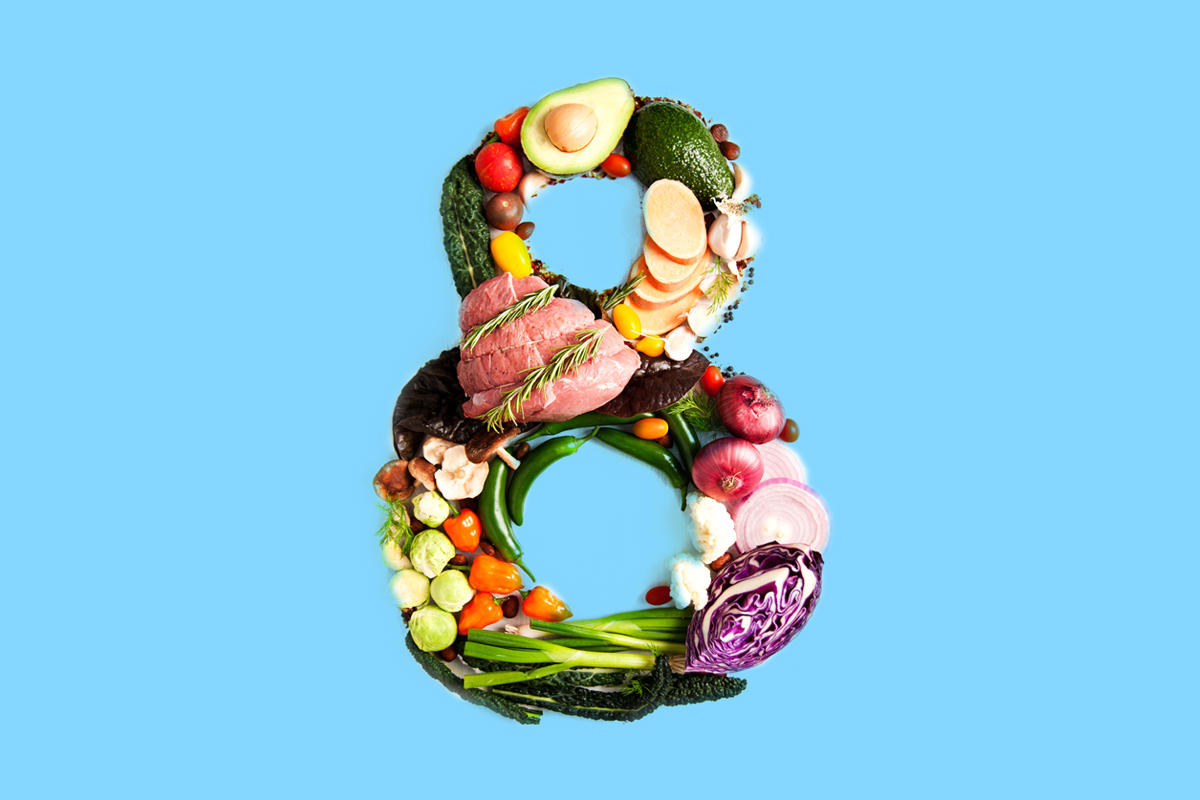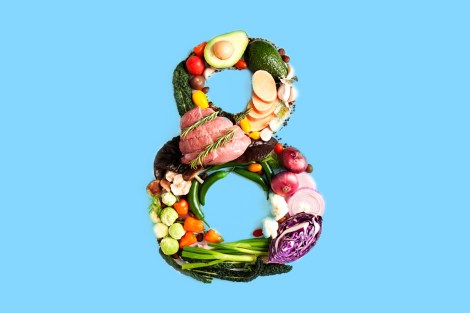What’s food got to do with loving the planet? Everything. The global food system — from production to consumption to waste — contributes to one-third of all greenhouse gas emissions. Agriculture is the single largest user of land, worldwide, and agricultural chemicals pollute lakes, streams, and rivers.
The good news is that we can grow food abundantly without hurting the environment. In fact, sustainable farming practices play a key role in remediating watersheds, protecting soils, and reducing greenhouse gas emissions. And, since we all eat, each of us has a role to play in choosing food that protects the planet. Here are eight ways to eat with the planet in mind.
1. Don’t panic, go organic. When you choose organic-certified products or sustainably grown food, you’re supporting production methods that are good for the planet. Sustainable farmers use ecological practices to manage pests or “weeds.” These farmers develop fertility on the farm, instead of relying on energy-intensive mined minerals and artificial fertilizers, which can runoff and create aquatic dead zones that leave oceans choked with algal growth.
2. Eat the rainbow! Nutritionists know that this is sound advice because diverse colors of fruits and vegetables are signs of varied nutrient content — just what our bodies need to thrive. This nutritional biodiversity is also key to ecological health.
3. Go local. Supporting local farmers means helping communities stay connected to where their food comes from and helping protect land. Going local also means you’re learning what’s in season where you live and getting the freshest foods. Check out your local farmers markets; there are now more than 7,000 around the country, double the number a decade ago.
4. Finish your peas. In the United States, 40 percent of food goes uneaten, says the Natural Resources Defense Council. That means almost half the energy, water, and land used in farming is wasted. What’s worse, the food that ends up in landfills — in some cities landfills are nearly half food waste — contributes to emissions of methane, a potent greenhouse gas.
5. Send packaging packing. Every year, as many as 40 billion plastic water bottles are tossed out across the country. The packaging of food — and the bottling of water — has a huge environmental impact. We can reduce our ecological foodprint by thinking twice when we reach for that plastic cup or bottled water. We can also do our part to get behind measures in our own communities to curb excess packaging and encourage reuse and recycling.
6. Reach for real food. Foods with double-digit ingredients’ lists or ingredients you can’t pronounce are also energy-intensive to produce. Go for real food and you’re helping the planet and your body. Eating more whole foods can help reduce the risks of obesity, diabetes, and hypertension.
7. DIY food. One of the great joys of real food is cooking and eating with friends and family. Thankfully, a movement is emerging across the country to inspire young people to get cooking again. Food Corps, for example, trains community leaders to work with young people to start school gardens and connect with where their food comes from.
8. Go meatless on Mondays … or Tuesdays, Wednesdays, Thursdays. Industrial meat and dairy operations are incredibly energy-intensive, from the production of feed to the operation of factories and slaughterhouses, to the processing and shipping. The Environmental Working Group estimates that if everyone in the United States cut out meat one day a week, the greenhouse gas emissions reductions would be like cutting out 91 billion miles of driving.
This Earth Day, remember: Helping protect the environment starts at breakfast, lunch, and dinner!




